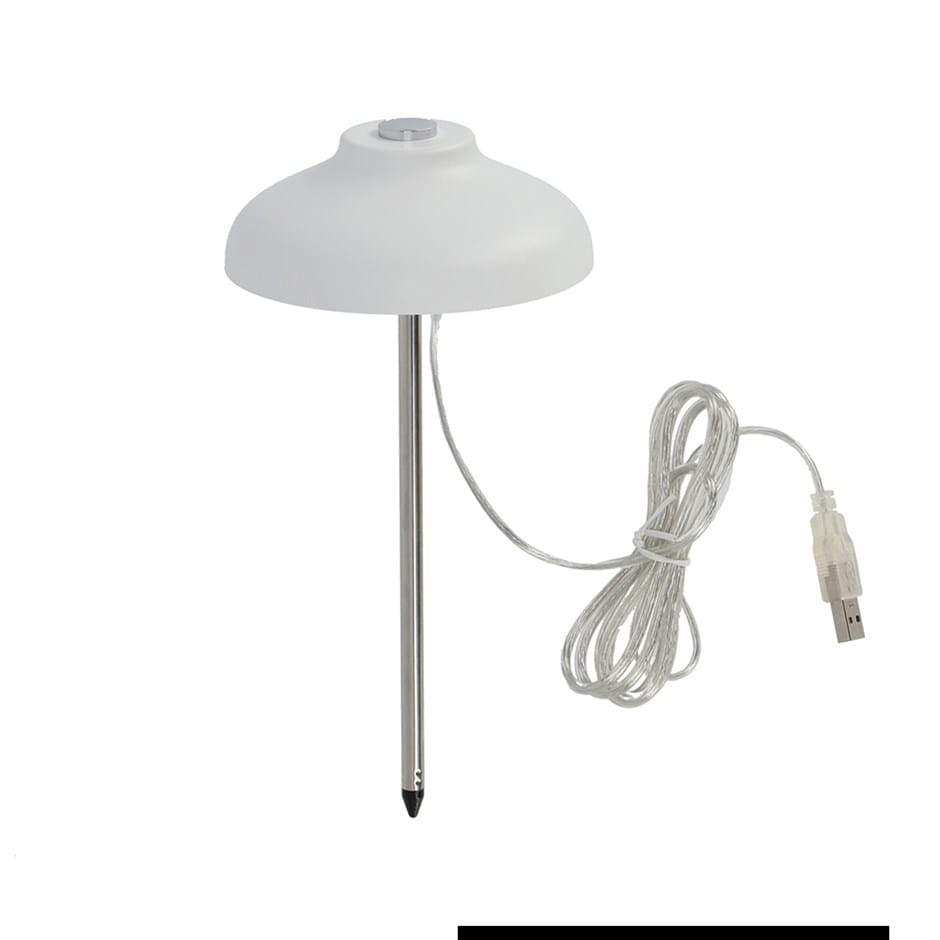If you want fresh strawberries all year round, you should try growing them indoors garden experts say
Growing your strawberries inside can actually extend your harvest
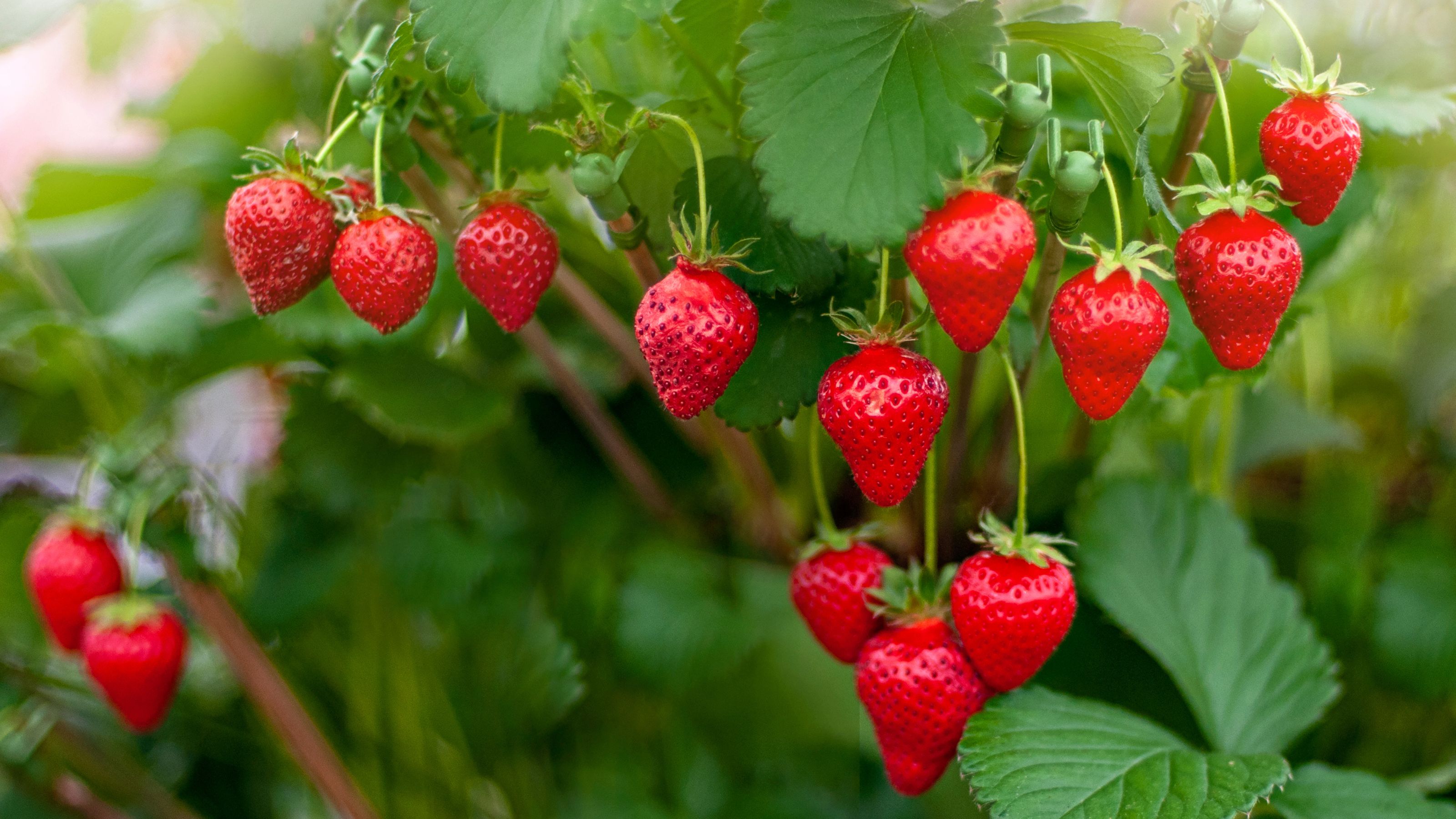

When you think of a summer fruit, strawberries are undoubtedly one of the first things that will pop into your mind. Sweet and juicy, they define many summer activities from a humble picnic to strawberries and cream at Wimbledon. But the best thing about strawberries? You can grow them indoors all year long.
Most gardeners will want to know how to grow strawberries, but the unpredictability of British summertime weather means you might instead be wondering, ‘Can I grow strawberries inside?’.
The good news is that you can grow strawberries inside. In fact, with the right conditions, you can grow yummy strawberries all year round. This is everything you need to know.
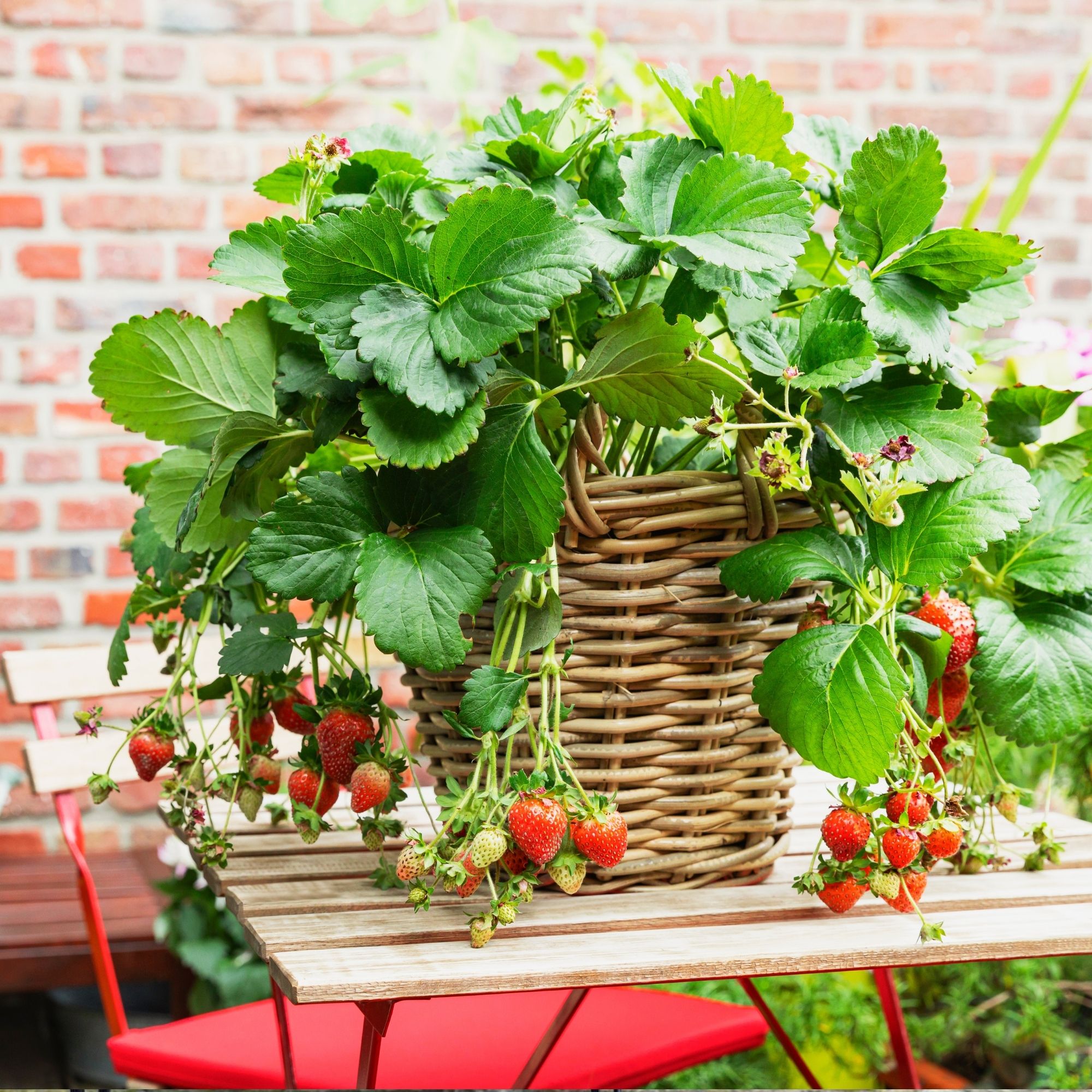
Can I grow strawberries indoors?
Strawberries are fairly adaptable plants, and when kept indoors, away from harsh weather conditions, they can thrive from seed to fruit.
‘There are two varieties that really spring to mind if you want to try growing strawberries indoors,’ says Natasha Lane, Head of Seed at Unwins.
‘Strawberry Delician FI (£4 at Amazon) can be relied on to provide a heavy crop of sweet and aromatic fruits, and they thrive in pots and containers. The Unwins Strawberry Florian (£5 at Amazon) will also perform well in a container, and the beautiful apple-blossom pink flowers to give way to a great harvest of juicy, red fruit.’
You can also grow strawberries from shop bought fruit, by gently scraping the seeds from the fruit and adding to moist, soil-based compost.
‘Strawberries also have a shallow root system and can grow well in pots, hanging baskets or vertical planters, making them ideal for indoor spaces,’ explains Petar Ivanov, gardens and plants expert at Fantastic Gardeners.

What conditions do you need to grow strawberries indoors?
While strawberries are well-suited to growing indoors, you still need light, good air circulation and warmth to ensure they produce a crop all year round. Strawberries are also best planted in April (so get on it now!) and need a minimum temperature of 10 degrees.
‘Choose a warm, sunny spot for your strawberries to grow – they’ll need at least 6 hours of light each day. You could also purchase a grow light for some extra support if needed,’ says Natasha.
As well as a grow light, you should also consider a tabletop greenhouse, such as IKEA’s £15 mini greenhouse, which can sit comfortably on a windowsill and maximise the heat for your berries. As the plants grow indoors, you’ll also need to manually pollinate them due to the lack of insects and wind. This can be done using a small paintbrush on the stamen (yellow buds in the flower) and transferring pollen to the stigma (the centre of the flower).

‘The kitchen is often warm and humid, which strawberries like, but make sure there’s proper ventilation to prevent mould formation. A balcony, if it’s enclosed and well-lit, can also be a great spot, but beware of extreme temperature changes,' says Petar.
‘You’ll need well-draining, nutrient-rich soil, such as a light potting mix with perlite or sand, for good aeration. Keep soil evenly damp but not soggy, and only water when the top 2.5 centimetres of soil feels dry. Use pots with drainage holes to prevent root rot and maintain the humidity at 40 to 60%.
‘Make sure each plant has 15 to 30 centimetres of space to spread. Feed them with a balanced liquid fertiliser every two to three weeks during active growth and switch to a phosphorus-rich fertiliser when the flowers start to fruit. Remove any old leaves and runners to keep the plant focused on fruiting.’
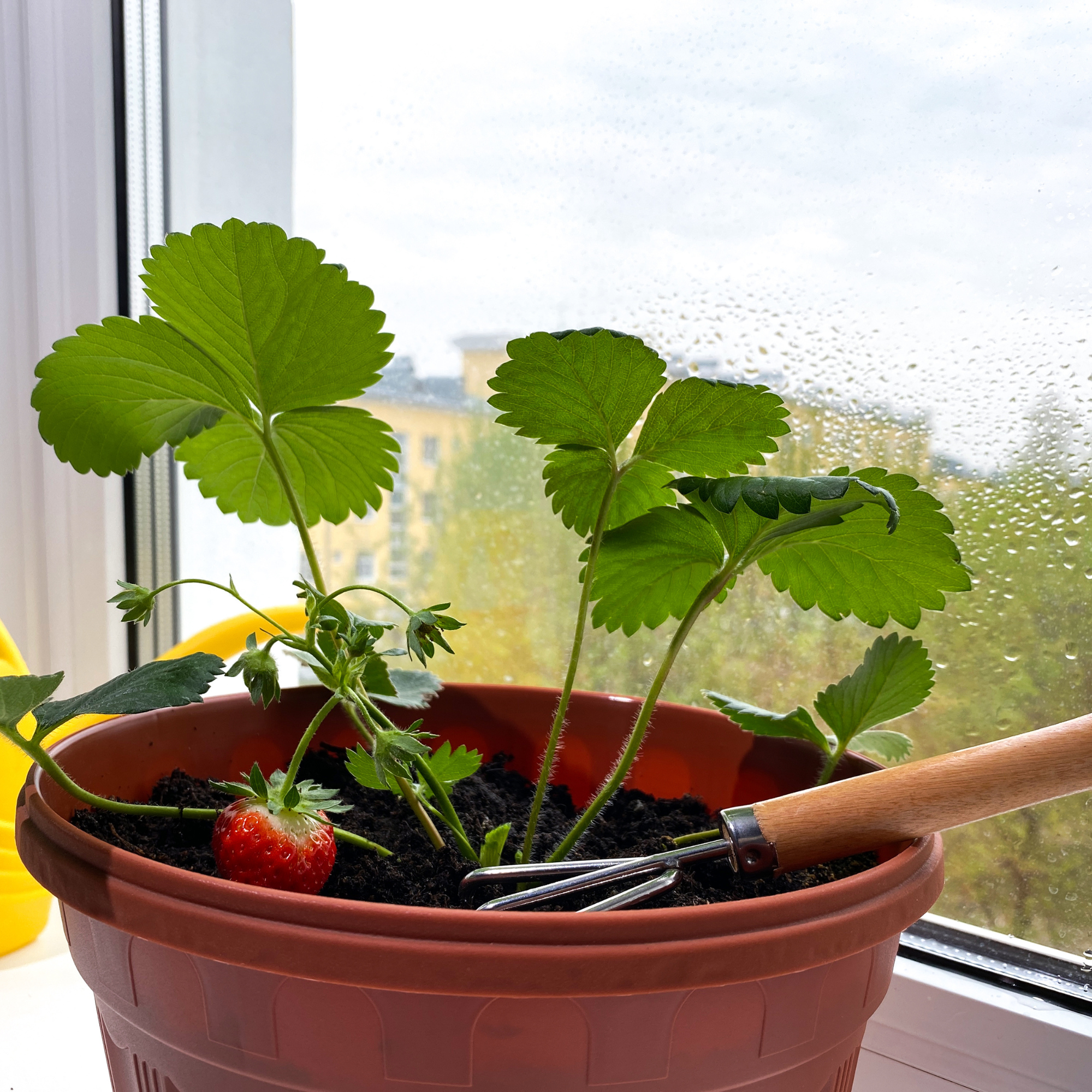
Can you grow strawberries indoors all year round
‘Unlike outdoor strawberries, which go dormant in winter, indoor plants can keep producing fruit continuously with proper care. However, you’ll need to choose the right variety. Day-neutral strawberries, such as Albion (£8.99 at Crocus) or Seascape, are the best for indoor growing because they produce fruit continuously,’ says Petar.
‘In any case, avoid June-bearing strawberries because they only produce one big crop per year and then go dormant.’
You should also replace your strawberries every couple of years, as even with the best care, strawberry plants will stop fruiting after a few years. Instead, use your existing plants to propagate strawberries for new fruiting plants.
What you need

To sow strawberry seeds, you need a fine seed sowing compost such as this one. Just make sure to keep it moise and you can expect seeds to germinate in two to three weeks.
If you want fresh strawberries all year round we suggest you get to it right away - what do you say?
Get the Ideal Home Newsletter
Sign up to our newsletter for style and decor inspiration, house makeovers, project advice and more.

Kezia Reynolds joined the Ideal Home team as News Writer in September 2024. After graduating from City, University of London in 2022 with a bachelor’s degree in journalism, Kezia kicked off her career spending two years working on women’s weekly magazines. She is always on the lookout for the latest home news, finding you the best deals and trends - so you don’t miss a thing!
You must confirm your public display name before commenting
Please logout and then login again, you will then be prompted to enter your display name.
-
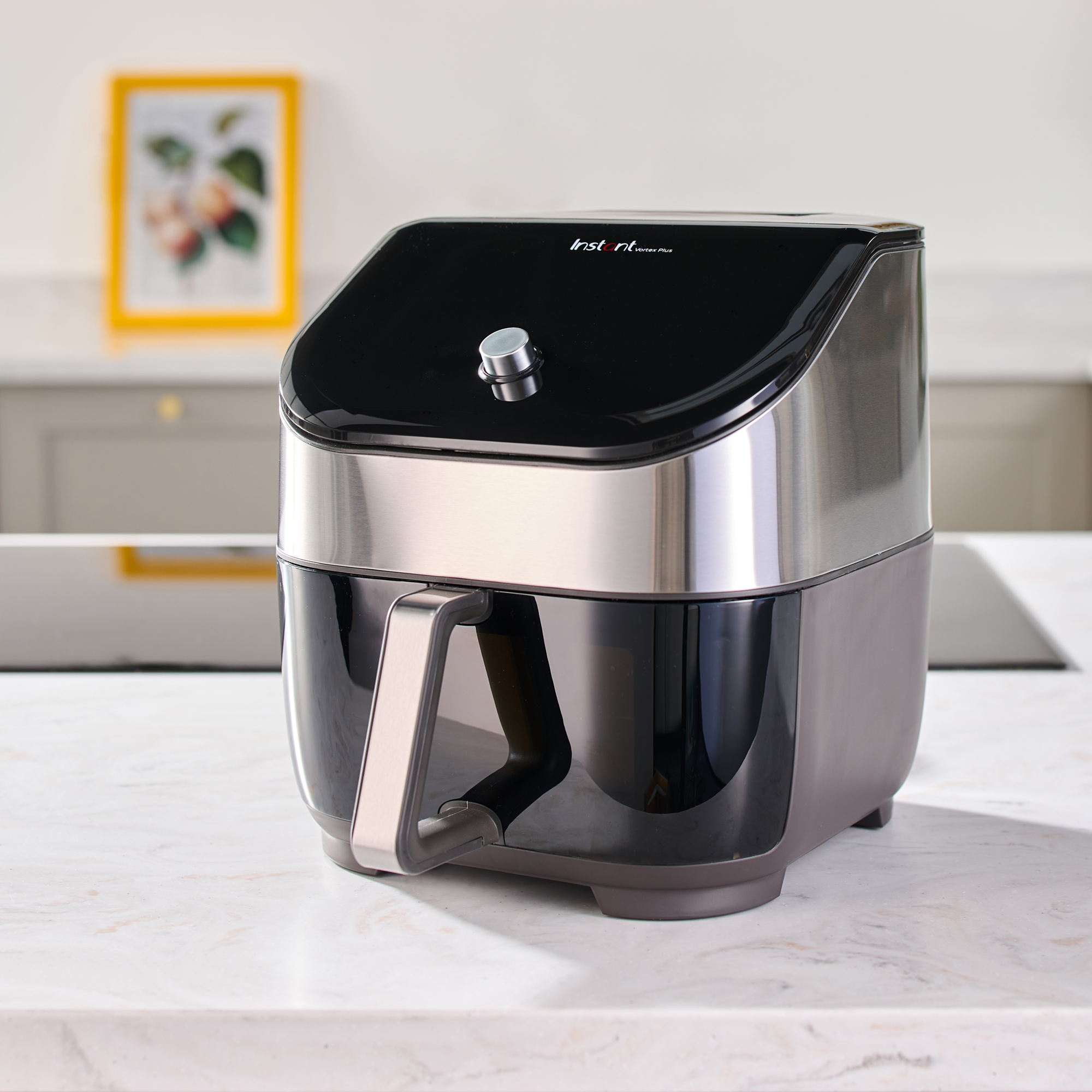 Should an air fryer be on display in a kitchen or hidden away? This is why I always keep my small appliances on the worktop
Should an air fryer be on display in a kitchen or hidden away? This is why I always keep my small appliances on the worktopAre you on team display or neatly hidden away? Share your opinion in the comments
By Rebecca Knight
-
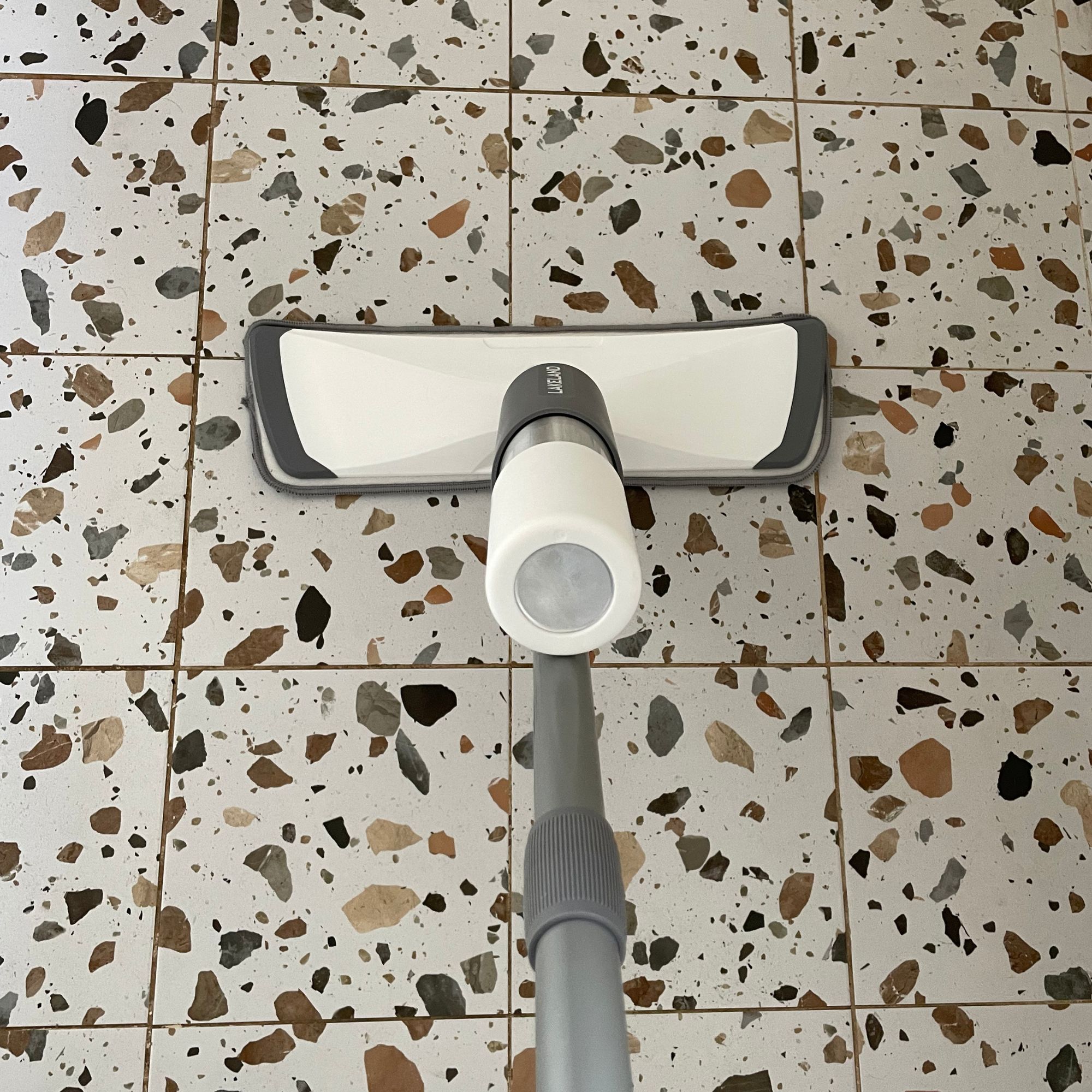 Experts warn that these 5 mopping mistakes are making your floors dirtier — and damaging your floors in the process
Experts warn that these 5 mopping mistakes are making your floors dirtier — and damaging your floors in the processThis is how to keep them clean and avoid costly damage
By Lauren Bradbury
-
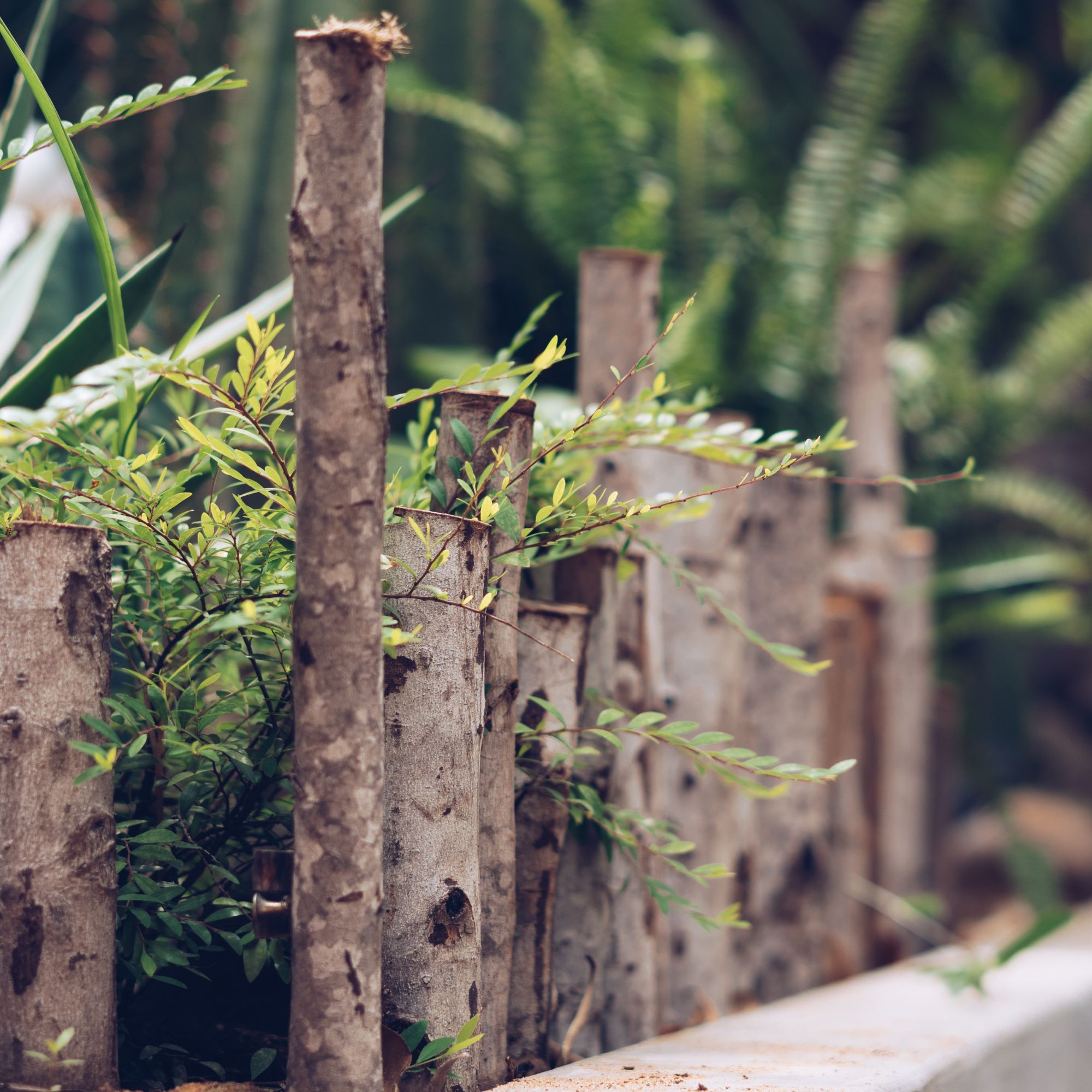 Move over, fences – dead hedges are the wild and wonderful alternative your garden will love and they're easier to build than you'd think
Move over, fences – dead hedges are the wild and wonderful alternative your garden will love and they're easier to build than you'd thinkThe perfect eco-friendly solution for small gardens
By Kayleigh Dray
